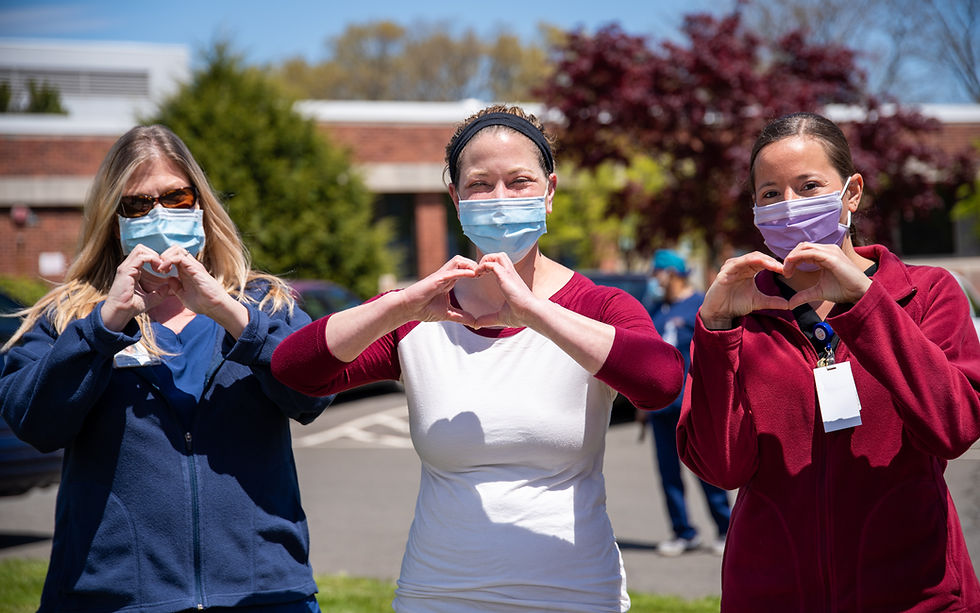Wellness for Young Adults: A Role for Health and Wellness Coaches
- Nov 3, 2020
- 3 min read
Updated: Sep 28, 2022

The Sept/Oct issue of the American College of Sport Medicine’s Health and Fitness Journal was a special themed issue with articles focusing on wellness throughout the lifespan – or, as we are asked to do, refocus on “healthspan” instead of lifespan. This issue contains our article (David Diggin was my co-author) entitled “Enhancing Wellness During Young Adulthood.” In this paper we provided a roadmap for improving wellness to fitness professionals working with young adults (roughly 18-45 years).
A big part of the article placed emphasis on understanding barriers to wellness, such as lack of time, resources, and/or support. The interconnectedness of these barriers was discussed so that the fitness professional might understand the complexity of obstacles faced. As an example, imagine time is short at work and friends ask you to catch a “fast food” lunch during your designated walk/exercise break. Ouch – conflict - social pressures and times pressures now challenge good intentions for exercise and a healthy diet. These are struggles young adults face quite frequently -some manage the challenge, but many do not - complicated stuff!
Several strategies to motivate young adults (e.g., gamification, persuasive technologies) toward wellness goals were offered in the article as help with overcoming barriers. Gamification is what it sounds like, making a game (e.g., accumulating points) out of achieving wellness goals. A good example of persuasive technologies is using a fitness app/cell phone to aid in exercise efforts. The suggestion to understand and encourage the formation of habits was also made in the paper – with a habit being a healthy behavior done while requiring a minimal effort or little cognitive resource. A common example is brushing our teeth before going to bed at night. Trying 5-10 minutes of meditation before going into a challenging meeting or preparing nutritious lunches for the week on Sunday afternoon, are other healthy habits one might consider adopting. Goal setting with clients was also discussed.
Before concluding the paper, there was a recommendation for fitness professionals to remember the experts. When a client can’t seem to overcome obstacles - is just stuck and ready to throw in the towel; this is not the time to give up …. it is the time for fitness professionals to refer to a health and wellness coach (HWC). The article advocates for the effectiveness of the coaching process and suggests clients can be moved from wellness contemplators to action with professional help. To optimize clients’ chances for success, a fitness professional must recognize when it is time to call for a HWC's help. Fitness professionals should have contact info for one or two good wellness coaches. As coaches we should remember this advice cuts both ways! HWCs are advised to include fitness professionals in their professional network – they are important collaborators clients moving clients toward their wellness goals.
The article concludes by emphasizing how important young adulthood is for developing healthy habits (e.g., an active lifestyle) that will influence well-being later in life. The fitness professional is urged to work with the young adult in overcoming wellness obstacles while being reminded a HWC coach is there if they need help with a tough client.
If you want to access the original article here is the link – sorry but the publisher is only making the abstract available for free.
CITATION
Sforzo, Gary A. Ph.D., Diggin, David Ph.D. ENHANCING WELLNESS DURING YOUNG ADULTHOOD, ACSM's Health & Fitness Journal: 9/10 2020 - Volume 24 - Issue 5 - p 32-37 doi: 10.1249/FIT.0000000000000605




Comments